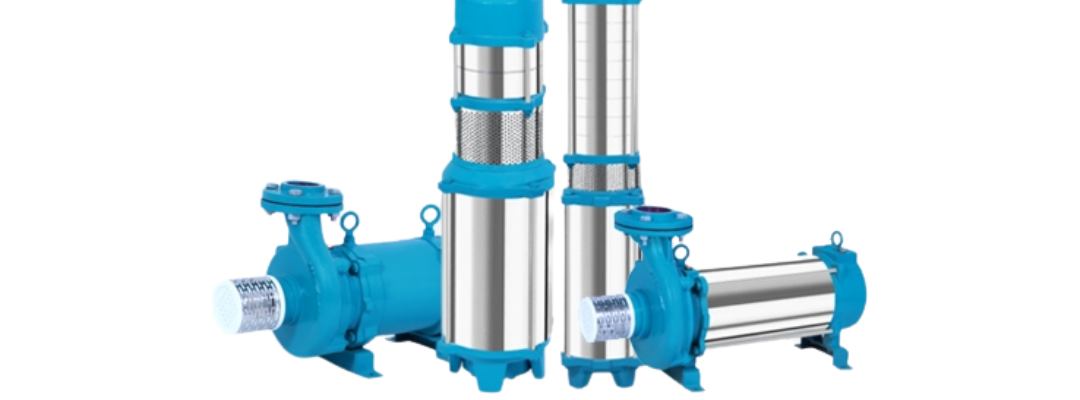Choosing the right horsepower (HP) for a submersible pump is crucial for efficiency and long-term performance. Manufacturers provide Head-Capacity curves or tables, indicating how much water a pump can deliver at different depths, based on horsepower and efficiency. However, installing a pump with higher HP doesn’t necessarily mean more water output. Instead, the pump should be matched to the well’s yield rate to ensure a balanced and sustainable water level.
Understanding Borewell and Pump Selection
A submersible pump designed for a 6-inch borewell typically has an outer diameter of around 5 inches, allowing sufficient clearance for lowering and rotation. The riser pipe diameter for a 10 HP pump generally ranges between 2 to 3 inches, depending on the discharge rate.
The amount of water lifted depends on several factors:
- Pump Speed
- Impeller Diameter
- Number of Stages (measured by the rings on the pump body)
For deeper wells, more impeller stages are required to maintain adequate pressure and discharge.
Step Drawdown Test: Measuring Well Yield
Before selecting a submersible pump, it’s advisable to conduct a Step Drawdown Test, which determines the well’s optimal discharge rate. This involves:
- Lowering a submersible pump to the desired depth.
- Running the pump in incremental stages (low, medium, and high discharge rates).
- Using a Globe Valve to maintain a steady discharge during each stage.
- Measuring the drop in water level (drawdown) after each hour-long step.
This discharge vs. drawdown curve helps determine the ideal pumping rate without over-extracting groundwater.
Ensuring Proper Submergence
A pump should always be positioned at a depth that maintains adequate submergence to prevent dry running, which can lead to overheating and burnout.
Preventing Pump Damage Due to Falling Water Levels
- Monitor water level fluctuations using a PVC guide pipe (1.0”-1.25” in diameter) installed alongside the pump.
- Use an electrical water level recorder for real-time tracking.
- Secure the PVC pipe at the top to prevent it from falling into the borehole.

